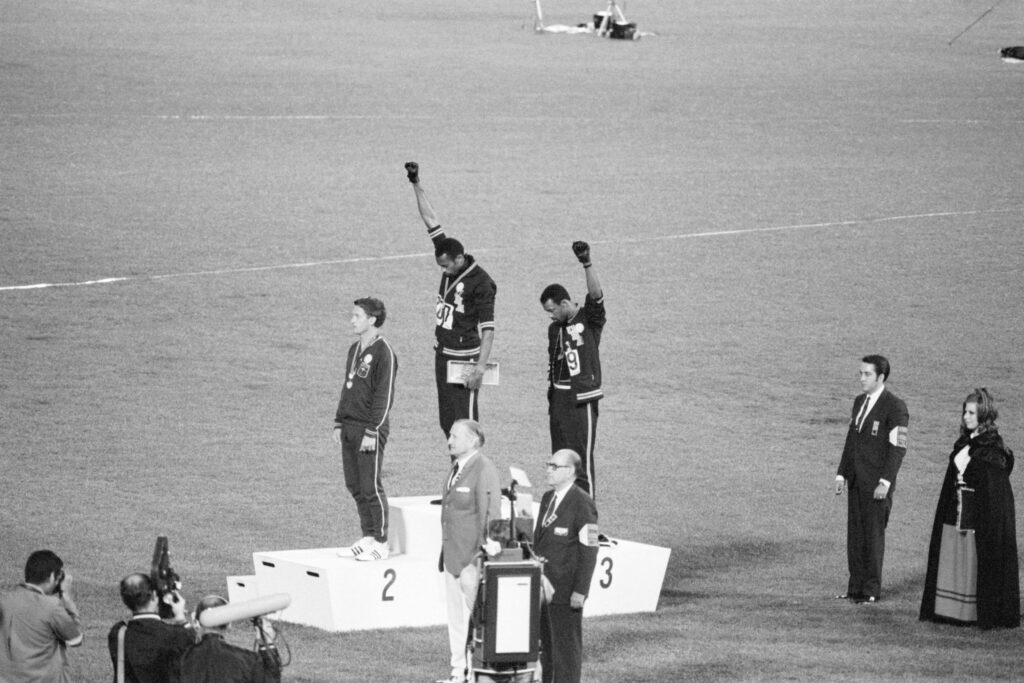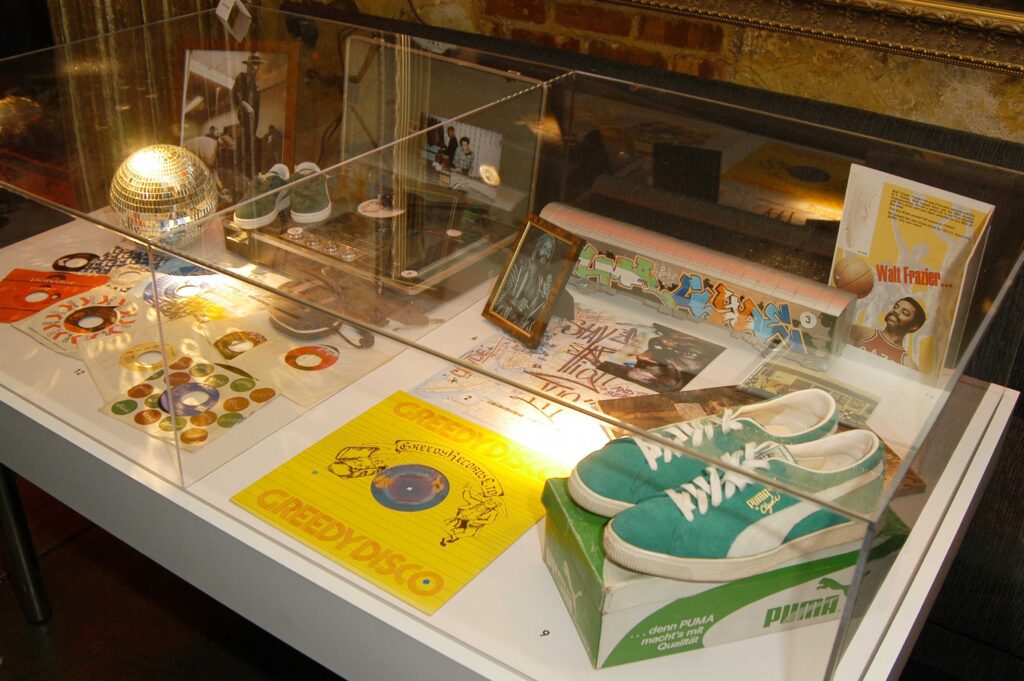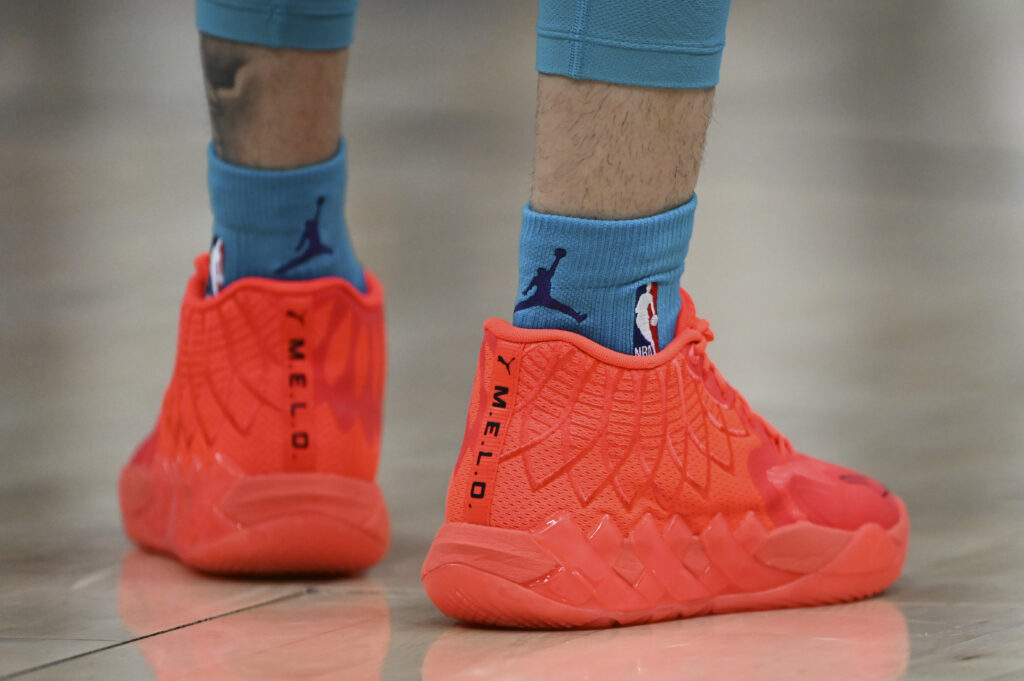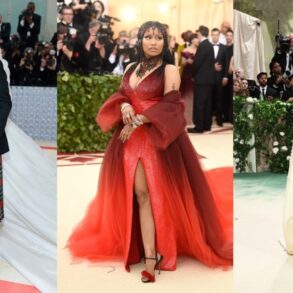In the pantheon of globally recognized sportswear brands, Puma stands out for its compelling legacy. From modest beginnings to influential collaborations, Puma has evolved from an athletics-centric brand to an established trendsetter in the fashion world. This trajectory reflects Puma’s adeptness in aligning with changing market dynamics, especially within the realms of streetwear and basketball gear.
The Genesis Of Puma: From Family Business To Iconic Sportswear Brand

Puma’s story is rooted in familial collaboration and rivalry. Brothers Rudolf and Adolf Dassler established their shoe company, the “Gebrüder Dassler Schuhfabrik”, in 1919, in Herzogenaurach, Germany. Following a fraternal fallout in 1948, the brothers parted ways, leading to the inception of two separate sportswear giants: adidas, founded by Adolf, and Puma, led by Rudolf.
Rudolf christened his venture PUMA, echoing the traits of the wild cat — speed, strength, endurance, and agility. With this fresh start, Puma penetrated the athletic gear market, focusing primarily on running shoes and football boots. Their unique Formstrip design, intended originally for shoe stability, evolved into a distinctive brand signature. Further propelling Puma’s global reputation were endorsements from athletes like Brazilian football star Pelé, Tommie Smith and John Carlos. Both Smith and Carlos wore Puma Suedes during the 1968 Olympics Black Power Salute.
Read More: Best Shoes In The Puma X Cordae Collaboration
The Transition To Lifestyle And Fashion

As the 1970s and 1980s unfolded, Puma began leveraging their sports heritage to influence lifestyle and fashion. They achieved this through iconic shoe models like the PUMA Clyde, inspired by basketball legend Walt “Clyde” Frazier, and the PUMA Suede. These models found favor not only among athletes but also within emerging cultural movements, particularly the rise of hip-hop and streetwear in New York. The PUMA Suede became a staple for B-Boy culture, owing to its perfect blend of style and functionality, and became an ideal choice for breakdancers.
Across the Atlantic in the UK, Puma’s trainers also became popular choices among football fans. Their stylish designs, comfort, and unique colorways made them versatile, and equally suitable for the game and the terrace. Through these avenues, Puma began securing its foothold in the fashion and lifestyle domain.
Innovative Milestones And The Dawn Of Collaborations

From 1990 to 2010, Puma blurred the boundaries between sports and fashion through a mix of innovation and technology. In 1991, Puma introduced the PUMA Disc, the first laceless sports shoe, drawing attention to the 1992 Olympics. During this period, Puma also pioneered the trend of sportswear and fashion collaborations, partnering with designer Jil Sander in 1998.
These collaborations continued into the new millennium, further blending fashion and sportswear. Puma’s star-studded roster grew, adding influential celebrities like Rihanna, Jay-Z, J. Cole, and Selena Gomez, who not only endorsed but also launched Puma collections. The partnership with Ferrari’s F1 team in the early 2000s highlighted Puma’s capacity to dominate various markets, balancing athletic performance with high fashion.
Read More: Puma Honors Nipsey Hussle With Two New TMC Sneakers
Evolving Streetwear Aesthetics And The Rise of Puma Basketball

Collaborations have been instrumental in reinforcing Puma’s position in streetwear, evident in the success of models like the Puma RS-X. This silhouette’s chunky design resonated with the “dad shoe” trend and gained popularity among a broad audience, transcending athletic boundaries.
Basketball gear, a crucial component of Puma’s history, was revived with Puma Hoops, reflecting the crossover appeal of basketball in fashion and streetwear. Collaborations with prominent basketball figures like Lamelo Ball further solidified Puma’s place in this niche.
Puma Today And Beyond
Navigating the dynamic intersection of sportswear and fashion, Puma’s knack for reinvention has ensured its position as a leading global brand. By embracing fashion collaborations, streetwear aesthetics, and basketball gear, Puma has demonstrated its keen understanding of market trends while honoring its athletic roots.
Puma’s journey has seen it grow from a modest family venture in a small German town into a brand that consistently pushes boundaries and redefines sportswear. As the future unfolds, Puma’s transformation from athletics to fashion is set to continue, marked by further milestones and achievements. It’s no surprise that Puma’s logo, a dynamic leaping cat, perfectly encapsulates the brand’s vision — always on the move, never static, perpetually striving to achieve greater heights. Whether in athletics or fashion, Puma continues to embody the agility and strength of its namesake, leaping forward to redefine the boundaries of style and performance. With such an approach, it’s clear that Puma’s evolution is an ongoing journey, one that we’ll watch with great anticipation.
Read More: J. Cole’s Puma RS-Dreamer Surfaces In 3 New Colorways: Photos
This post was originally published on this site be sure to check out more of their content.






